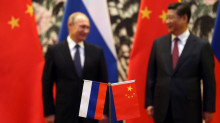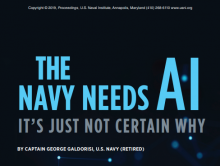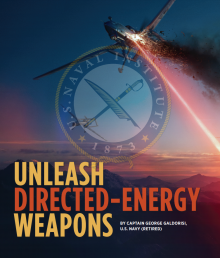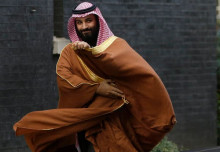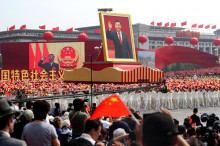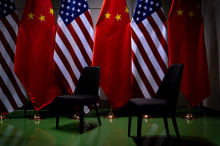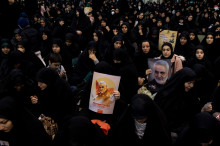A More Contested World
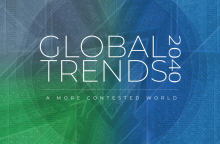
Every four years, the National Intelligence Council, the public-facing arm of the Director of National Intelligence Council and the 16 intelligence agencies under her stewardship, issues its Global Trends report, looking far into the future to determine what threats the United States will need to deal with years hence.
The just-released Global Trends 2040: A More Contested World is the seventh such report issued by the NIC. It differs from previous reports in many ways, most notably in that it addresses the still-evolving changes wrought by the current global pandemic and, while it does talk about traditional warfare, it has a strong focus on social issues. Here is how a report in the New York Times begins:
U.S. intelligence officials warned in a report issued on Thursday about the potential fragmentation of society and the global order, holding out the possibility of a world where international trade is disrupted, groups of countries create online enclaves and civic cohesion is undermined.
The report, compiled every four years by the National Intelligence Council, mixes more traditional national security challenges like the potentially disruptive rise of China with social trends that have clear security implications, like the internet’s tendency to exacerbate political and cultural divisions.
A previous version of the report, released by the Obama administration in 2017, highlighted the risk of a pandemic and the vast economic disruption it could cause — a prescient prediction in hindsight.
The new report said that the coronavirus pandemic showed the weakness of the world order and that the institutions devised to face past crises are inadequate to coordinate a global response to new challenges like the spread of Covid-19. The failure of those institutions deepened public dissatisfaction and further eroded faith in the old order, the report said.
Want more?
Here is a link to the NYT article
And here is a link to the National Intelligence Council Report


